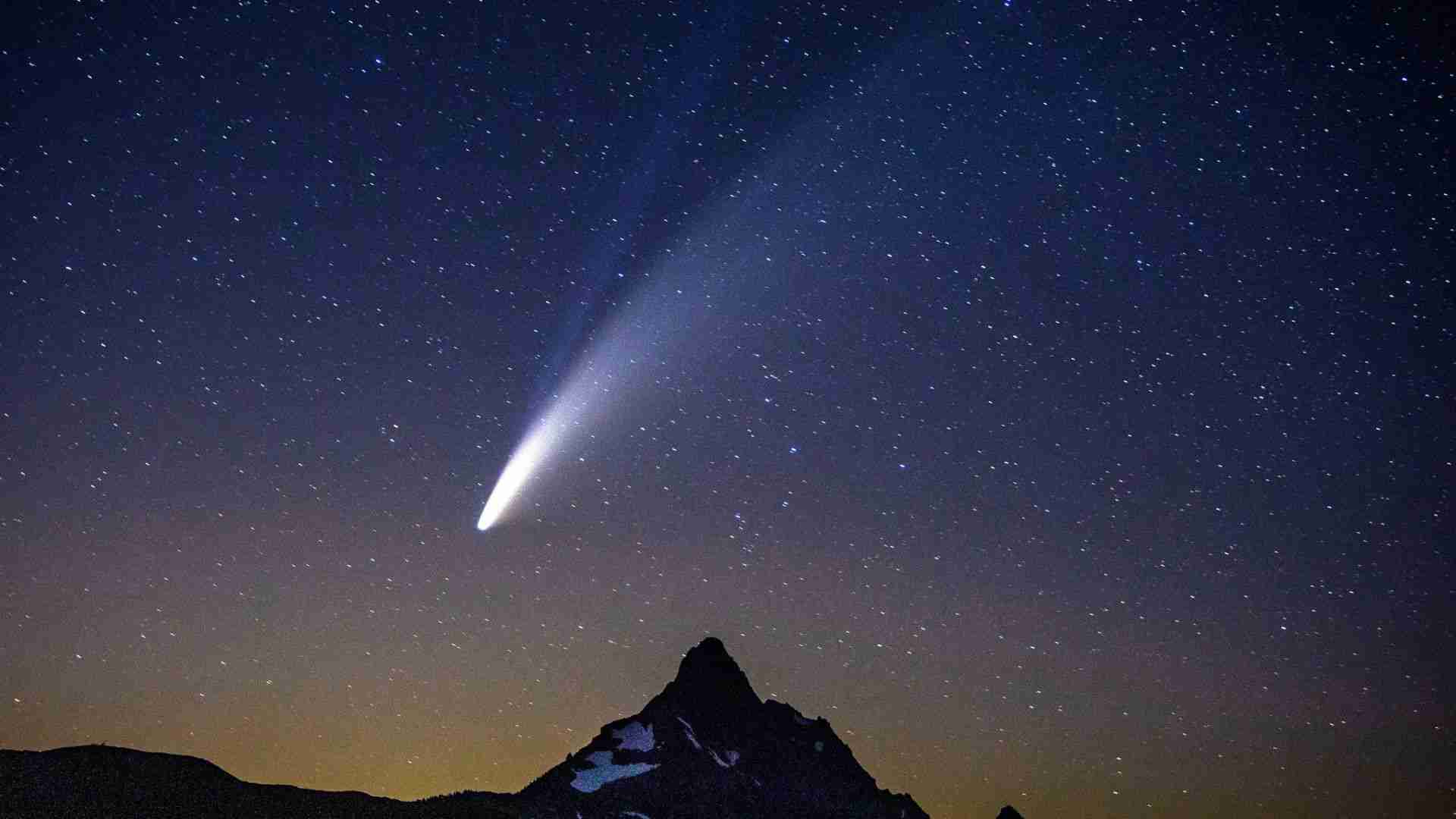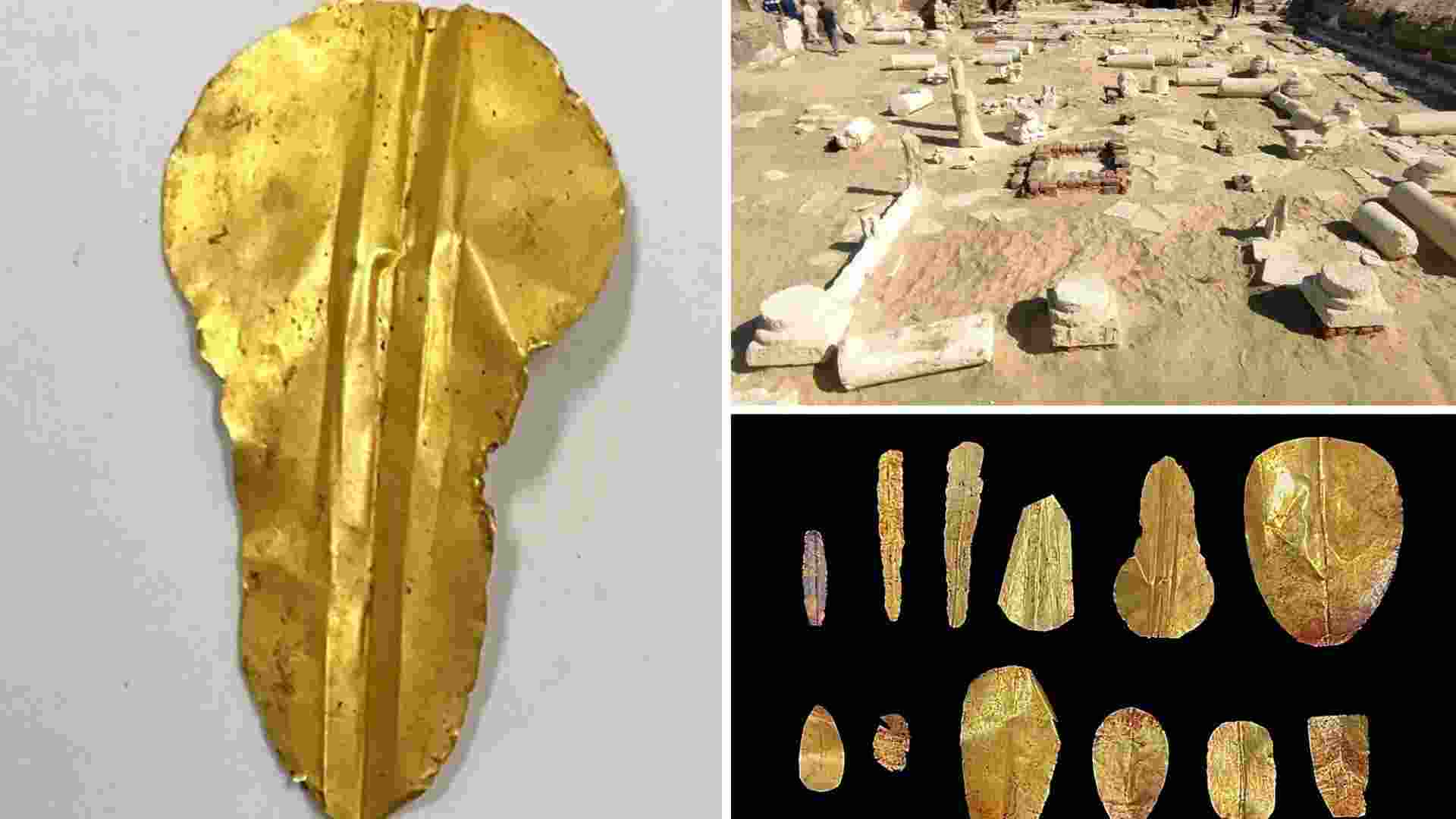Astrophotographers worldwide have immortalized the appearance of a comet that has returned to our solar system after 80,000 years. Comet C/2023 A3 (Tsuchinshan-ATLAS), a bright and elusive celestial body, was visible in the night sky on Sunday when it reached its closest distance to Earth—approximately 70.81 million kilometers.
Dubbed the “comet of the century,” this rare celestial event captivated stargazers across the globe. Its brightness allowed for naked-eye visibility over the weekend, and social media users shared spectacular images of the comet. Below are some glimpses of this cosmic phenomenon.
The Tsuchinshan-ATLAS comet… last visible from Earth 80,000 years ago. pic.twitter.com/8FjZPISknU
— Graig Salerno (@GraigSalerno) October 13, 2024
Don’t forget to try to spot the Comet Tsuchinshan-ATLAS tonight! This is the last chance to see it for 80,000 years pic.twitter.com/0fU6t6OB3u
— Anna Margaret (@itsannamargaret) October 16, 2024
Comet Tsuchinshan-ATLAS over Tucson, AZ ☄️
📸: Donna Ruthruff @abc15 pic.twitter.com/X3FQYBFUYu
— Jorge Torres (@JorgeTWeather) October 16, 2024
My comet photo this evening from home in Westlake Village, CA. 100mm, f4.5, ISO 1000, 2.5 seconds. (Comet C/2023 A3 Tsuchinshan-ATLAS) pic.twitter.com/LIabGEXnlH
— William Reid (@stormbruiser) October 13, 2024
Some more Comet Tsuchinshan-ATLAS for your feed this morning. pic.twitter.com/d6ZyjlfrLV
— Jim Tang (@wxmann) October 15, 2024
The name C/2023 A3 (Tsuchinshan-ATLAS) is derived from two separate observations. The comet was first spotted by the Purple Mountain Observatory in China, known as “Tsuchinshan” in Mandarin, on January 9, 2023. The Asteroid Terrestrial-impact Last Alert System (ATLAS) later detected it in February. Astronomers confirmed that both observations were of the same comet, resulting in its current name.
With an orbital period of approximately 80,000 years, this comet last passed through our solar system when early humans were migrating out of Africa. If unaltered by gravitational forces, it is expected to return in the year 82,024. Until then, the comet will remain visible in the night sky through Sunday, October 20.
C/2023 A3 is believed to have originated from the Oort Cloud, a region filled with icy bodies at the outermost edge of our solar system. During its journey, the comet has been seen passing through the constellation Serpens Caput and later moving close to the M5 globular cluster. By the end of this month, it will appear to move into the constellation Ophiuchus from Earth’s perspective.







